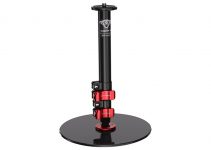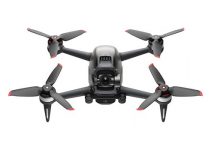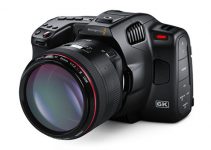Newcomers to video might be shocked by the amount of monitor assists function many average screens and cameras come packed with. Beyond tools like waveforms and vectorscopes, there are more interesting and scary choices like false color.
This is one that if you have never heard of it before you will have no idea what you are looking at when your image becomes this odd collection of neon colors. It can be super helpful.
If you want to learn about how to use false color to nail exposure, filmmaker Brady Bessette has a comprehensive video where he shows how the tool works. He also uses the popular Ninja V.
False color is a tool that converts the footage to a series of specific colors that line up with different exposure values based on IRE. In the initial example, he turns off the lights and drops the camera’s ISO so that the footage is very dark and underexposed. With false color on you can see that he is now shaded with a pink/magenta hue in the absolute darkest areas and blue in the just barely brighter areas.
As the exposure is raised you’ll see the pink disappear and blue takeover while gray fills in the skin and face. Pink/magenta signals you are basically at the bottom end of exposure and likely crushing your blacks and blue is the warning that you are about to do that. This is around 10-15% IRE. Gray is a step up and then right after that is green. Green is actually the 18% middle gray area and is important to know.
Continuing to bring up the exposure you’ll see pink. This change is around 50-60% and should actually be a sweet spot for skin tones. If you keep going you’ll see a lighter gray and then there is yellow and red for overexposure. Red is blown out and yellow is the warning for clipping.
The order from darkest to brightest:
- Pink/magenta (underexposed)
- Blue
- Dark gray
- Green (18% middle gray)
- Pink (skin tones)
- Light gray
- Yellow
- Red (overexposed)
When he turns his light back on you can see his face is now pink to show how it is about right on exposure. Still, the window in the background is a bit blown out.
Changing the plan to expose for the window you’ll see how the window falls back into the pink range but that he falls into the dark gray. To fix this he starts to turn up the light he is using, upping the power until his face starts to hit the pink/green point.
One thing to consider is how artificial lights will work with natural or practical light sources. In this case his key light on his face is actually slightly under the window’s brightness. Turning up the light to match the window just looks unnatural. Makes false color a good comparison tool.
It’s a super quick way to identify exposure in certain areas of the scene and make adjustments to your lights or to camera settings to “correct” them. A lot easier than trying to decipher waveforms and the like—though those are still very useful tools.
If your camera doesn’t have false color built-in, which a lot of cheaper cameras or mirrorless cameras don’t, you’ll want to make use of an external monitor with the function. You’ll also want to be careful how it interacts with log profiles and LUTs.
Are you a fan of false color?
[source: Brady Bessette]
Order Links:
Disclaimer: As an Amazon Associate partner and participant in B&H and Adorama Affiliate programmes, we earn a small comission from each purchase made through the affiliate links listed above at no additional cost to you.




